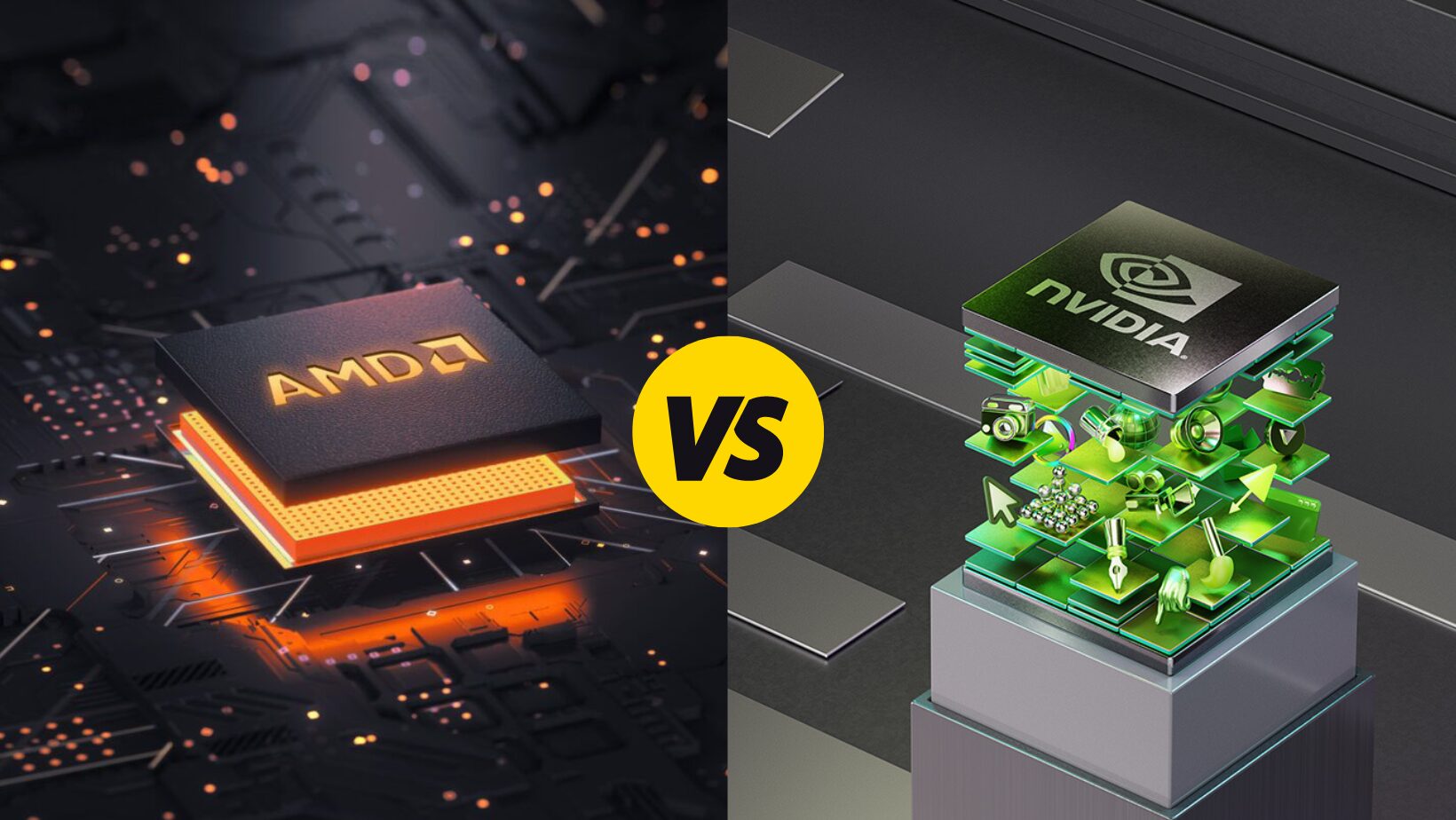From CPUs to GPUs—And Beyond: The Evolution of Computing Power
In the ever-accelerating world of computing, the distinctions between CPUs and GPUs have become both more pronounced and more blurred. As artificial intelligence, gaming, and data science reshape the tech landscape, the hardware driving these revolutions is evolving just as quickly. What began as a straightforward division of labor between Central Processing Units (CPUs) and Graphics Processing Units (GPUs) is now giving way to a new era of specialized chips—where AI accelerators and quantum processors are starting to make their mark.
The CPU: The Classic Workhorse
What it is:
The Central Processing Unit (CPU) is often described as the "brain" of the computer. It handles all general-purpose tasks—running the operating system, executing application code, and managing system resources.
History:
-
1940s-1950s: Early CPUs were massive machines built from vacuum tubes.
-
1971: Intel introduced the Intel 4004, the first commercially available microprocessor.
-
1980s-1990s: x86 architecture from Intel and AMD took off, dominating the PC era.
-
2000s–present: CPUs evolved to include multiple cores, integrated memory controllers, and hyper-threading.
Top Players Today:
-
Intel: Dominant in PCs and data centers for decades.
-
AMD: Competitive with its Ryzen and EPYC lines.
-
Apple: Disrupted the market with its ARM-based M1, M2, and M3 chips, integrating CPU, GPU, and neural engines.
The GPU: Parallel Power for the Data Age
What it is:
Originally designed to render graphics, the Graphics Processing Unit (GPU) specializes in parallel processing—performing thousands of calculations simultaneously, making it perfect for graphics and, later, machine learning.
History:
-
1999: NVIDIA introduced the GeForce 256, the first GPU marketed as such.
-
2006: With the launch of CUDA, NVIDIA enabled developers to use GPUs for general-purpose computing.
-
2010s–present: GPUs became essential for deep learning, gaming, video editing, and cryptocurrency mining.
Top Players Today:
-
NVIDIA: Unquestionably dominant in AI and high-performance computing.
-
AMD: Known for Radeon GPUs and increasing traction in data centers.
-
Intel: Entered the GPU market with Arc and Xe products.
The Present and Future: What Comes After GPUs?
As demand for computing power explodes—fueled by AI, big data, and simulation—the industry is moving beyond general-purpose CPUs and GPUs to even more specialized hardware:
1. AI Accelerators / Neural Processing Units (NPUs)
Purpose: Tailored for machine learning tasks like training neural networks or running inference models.
Key Players:
-
Google: Tensor Processing Units (TPUs), powering Google Search and Google Cloud AI.
-
Apple: Neural engines in its M-series chips optimize on-device AI.
-
Tesla: Dojo supercomputer for self-driving AI.
-
Amazon: Inferentia and Trainium chips for AWS cloud AI workloads.
2. FPGAs and ASICs
Field Programmable Gate Arrays (FPGAs): Flexible hardware you can program for specific tasks.
Application-Specific Integrated Circuits (ASICs): Hard-wired chips for ultra-efficient task execution, like Bitcoin mining or edge AI.
Key Players:
-
Intel (Altera): Leader in FPGAs.
-
Xilinx (AMD): Competes with high-performance programmable logic.
-
Bitmain: Dominates ASIC-based crypto mining.
3. Quantum Processors
Still in early stages, quantum computing promises to outperform classical systems in certain tasks like optimization, chemistry simulations, and encryption.
Key Players:
-
IBM: Quantum roadmap to 1,000+ qubits.
-
Google: Achieved “quantum supremacy” in 2019.
-
D-Wave: Specializes in quantum annealing for optimization.
4. Optical and Photonic Computing
Computing using light instead of electricity, offering faster speeds and lower power consumption.
Key Players:
-
Lightmatter, Ayar Labs, and Intel’s photonic research labs are pioneering this frontier.
The Convergence: Heterogeneous Computing
The future isn’t about CPUs vs. GPUs—it’s about everything working together. Apple’s M-series chips already integrate CPUs, GPUs, and NPUs on a single SoC (system on chip). Cloud giants like Google and Amazon are optimizing workloads by dynamically routing tasks to the most efficient hardware: CPU for logic, GPU for parallelism, TPU for deep learning, and FPGA for real-time edge inferencing.
Conclusion: Silicon Is Just the Start
We are entering a post-Moore’s Law world, where architecture innovation matters more than raw transistor count. The real breakthroughs will come from custom silicon, hardware-software co-design, and new physics.
The CPU isn’t dead. The GPU isn’t obsolete. But the age of hyper-specialized computing is upon us—and what comes next will be as much about use case and context as about raw performance.
Which chip will power your future? The answer is: all of them. Seamlessly. Invisibly. Intelligently. Welcome to the era of compute convergence.




